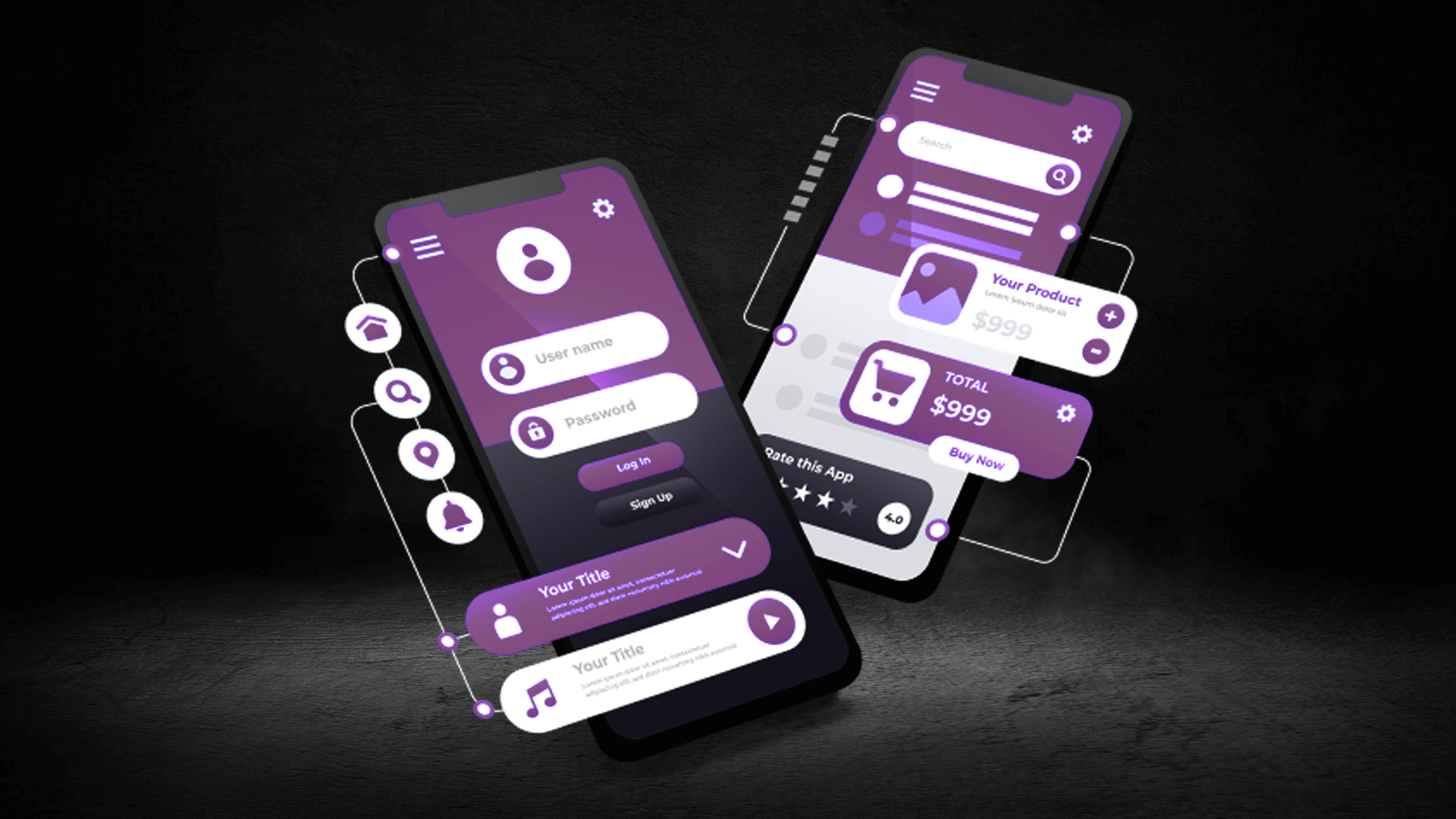Mobile apps have become an essential part of modern business and lifestyle. Whether it is connecting with customers, streamlining services, or providing entertainment, apps create unmatched opportunities for entrepreneurs and brands. However, moving from a simple idea to a fully functional app on the App Store or Google Play requires strategy, planning, and execution. This guide walks you through the complete journey of successful app development in 2025.
Step 1 Define Your App Idea and Goals
Every great app starts with a clear vision. Ask yourself:
- What problem does my app solve?
- Who is my target audience?
- What value will it provide compared to existing apps?
Your idea should be unique, user-focused, and aligned with your business objectives. Creating a value proposition early ensures that your app will stand out in a crowded marketplace.
Step 2 Conduct Market Research
Before development begins, validate your idea. Research competitors, analyse user reviews of similar apps, and identify market gaps. Tools like Google Trends, industry reports, and app analytics platforms can help you understand user needs and current demand.
Market research prevents wasted time and money while helping you build an app that truly resonates with your audience.
Step 3 Plan Features and Functionality
Create a feature list, prioritising essentials over “nice-to-haves.” In 2025, successful apps focus on simplicity, usability, and speed. A Minimum Viable Product (MVP) approach is ideal for testing your app quickly without overloading it with unnecessary features.
Popular features include:
- Personalized dashboards
- Push notifications
- Secure payment gateways
- Integration with social media
- AI-driven recommendations
Step 4 Choose the Right Development Approach
There are multiple development options, and the right one depends on your goals, budget, and timeline:
- Native Apps: Built specifically for iOS or Android, offering top performance.
- Cross-Platform Apps: Developed using frameworks like Flutter or React Native for broader reach with lower cost.
- Progressive Web Apps (PWAs): Browser-based apps that mimic mobile experiences, gaining popularity for their speed and accessibility.
Step 5 Focus on User Experience and Design
Design is not just about looks; it is about function. In 2025, users expect apps that are intuitive, responsive, and accessible. Pay attention to:
- Smooth navigation
- Minimalist interfaces
- Consistent branding
- Accessibility features (voice control, dark mode, larger text options)
Great design builds trust and keeps users engaged.
Step 6 Develop and Test Thoroughly
Once your app is designed, it is time to build. Work closely with developers, track progress, and conduct iterative testing. Testing should cover:
- Usability
- Performance (speed and reliability)
- Security (data protection and privacy compliance)
- Compatibility across devices
Beta testing with a small group of real users helps uncover issues before public release.
Step 7 Launch on the App Store
Launching is more than just uploading your app. You need to prepare for App Store Optimization (ASO) by writing clear descriptions, using keywords, and designing appealing screenshots. A strong marketing push with social media, email campaigns, and press releases can generate early traction.
Step 8 Post-Launch Updates and Growth
Successful apps do not stop at launch. Continuous improvement is critical. Gather feedback, monitor analytics, and release updates with new features or bug fixes. A well-maintained app builds loyalty and increases retention.
Popular growth strategies include:
- Adding gamification elements
- Offering referral bonuses
- Running paid ads for user acquisition
- Expanding to new platforms
Final Thoughts
Developing a successful app in 2025 requires much more than coding. It is a process of aligning vision, design, technology, and marketing into one seamless journey. By focusing on user needs, smart development strategies, and ongoing growth, you can turn a simple idea into a thriving app that delivers real impact.
